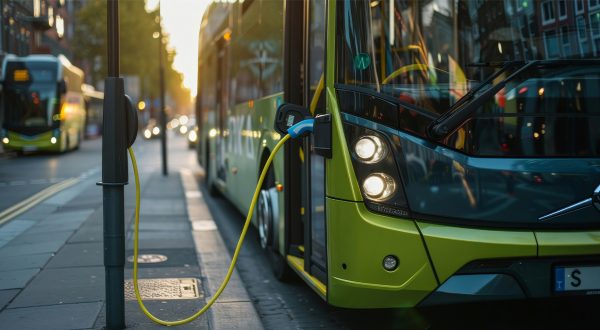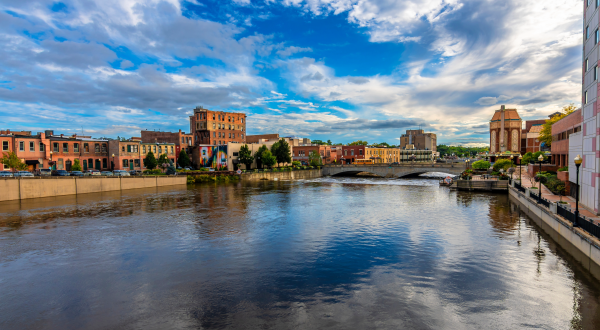A technological solution for managing traffic developed by Citeos, which gives priority to high-quality buses operating on a new line, is designed to convert locals from private cars to public transport.
![]()
At the end of 2018, Rouen’s residents were introduced to “intelligent” buses on the new T4 line, which rival trams in terms of performance and which, in time, could convince drivers to choose public transport over cars.
Using a dedicated bus lane and equipped with an on-board GPS system, the so-called Bus Rapid Transit (BRT) system will have priority over cars at the 40 intersections stretching along the 8 km-line, thanks to a solution developed by Citeos (VINCI Energies).
Integrator for the programme, Citeos relied on traffic studies from the business unite Lee Sormea (VINCI Energies) and selected Comatis radio systems to equip the buses and deliver “smart intersections,” as referred to by Jean-Marc Raymond, Citeos business unit manager in Rouen.
“We took use patterns and traffic into careful consideration in a way that would benefit buses”
As well as installing street lighting, Citeos configured and optimised the control systems that manage the traffic signals using a programme based on traffic data supplied by the city (number of vehicles/hour, for example) – the aim being to smooth out traffic control issues. “We took use patterns and traffic into careful consideration in a way that would benefit buses,” sums up Raymond.
On approaching an intersection, the smart bus requests authorisation from the control system to pass. One of three things then happens: the bus “is given a green signal”, the green phase is extended to let the bus pass through or the red-light phase is reduced. Although buses have priority, they still wait until pedestrians have crossed the road before continuing their route.


